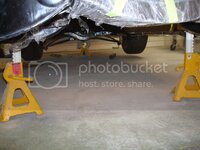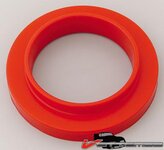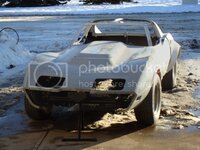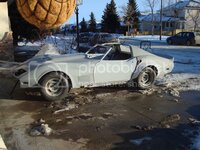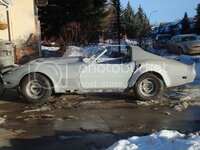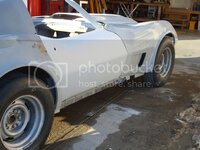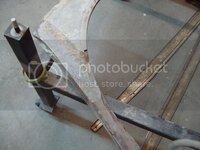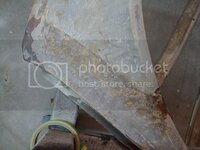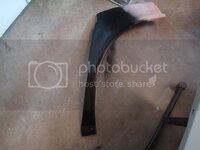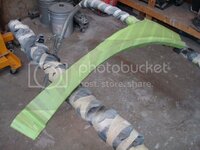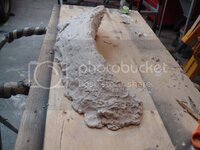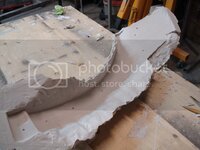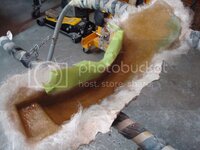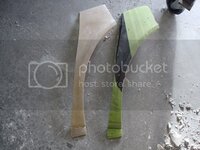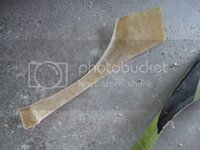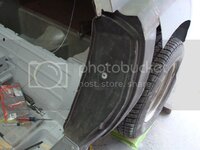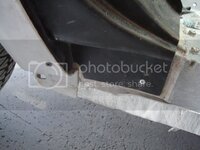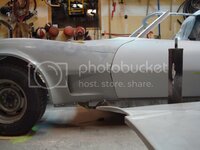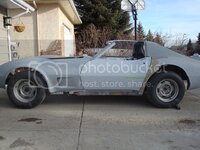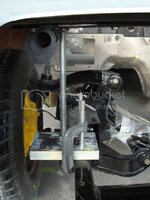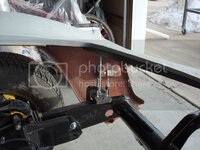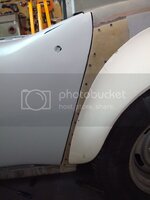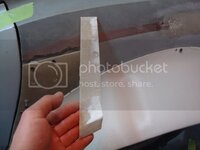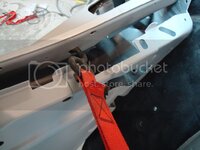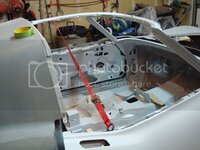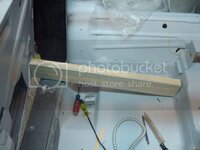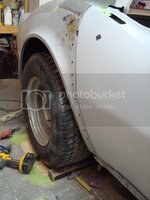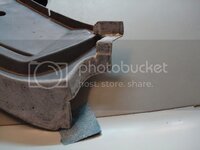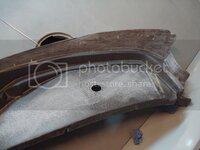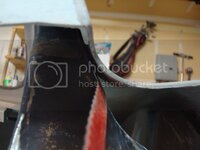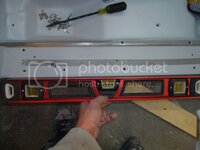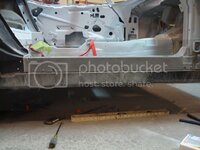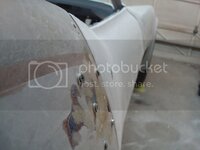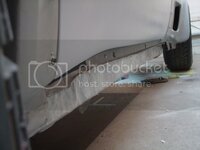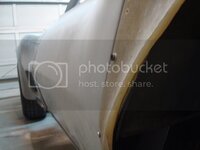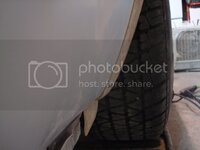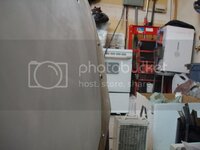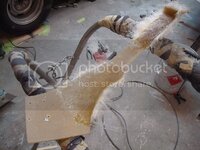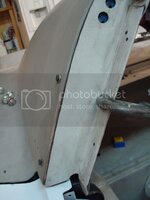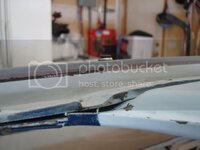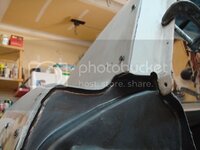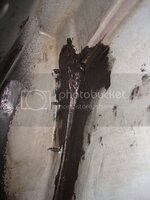Firewall and bonding strips are temporarily in place with screws. Next is test fitting the front end. I need to settle the suspension down with all-thread both front in rear. I'll have to give Mike a call and get some measurements for fitting the front end.
Question about what am I missing here.
Why do you think you have to settle the suspension, ride height has nothing to do with body mounting. The IDEAL setup is to be able to bolt the body onto the cushions on a straight frame with no shims.
The rest of the body measurements (J and K) will be irrelevant for you because of non oem tires etc. You can play with suspension height etc when the body work is done.
Today I set the ride height on the car. Mike walked me through the entire process. Remove the front shocks, and get yourself some heavy 1/2'' all-thread. Jack the car up onto three jackstands, not four. One under the diff, and two just behind the frame horns. Level out the back of your frame using this crossmember. Shim the two front jack stands until the frame is level side to side.
.... Because I was using my old worn tires for this setup, I had to make sure they were all identical in "wear". Take measurements from the edge of the rim to the floor on every tire. Use air to raise the rim or remove air to lower the rim (this is another tip from Mike's amazing brain). Make sure all four wheels are identical. Stand back and smile with joy - you are ready to start putting sh*t together:thumbs:....
A little confused here too. I thought you were putting the front jacks on the frame horns (in front of the a frames). Placing them where you have then introduces front deflection (cantilevering)
Also, putting it back down on a concrete floor is going to twist the frame. I have NEVER seen a straight and level floor in my life unless they were designed for precision work. By putting it back down, you have probably lost your level and now have no datum plane to measure from either.
On all frame work, straightening and well as checking dimensions etc, on a full frame car it is always best to put the jacks under the suspension mounting points, so the front jacks will be under the lower control arm bar at the xmember. You level either the jack or the frame to the jack. If levelling the jacks, you can use a long straight edge to use as a datum reference. C3's are more prone to this than metal cars because they are so sloppy. This simulates as close as possible road condition.
To fit body and parts, once up on the proper stands and the frame set true, you leave it that way until all the fitting, bolting and bonding are done. Closet thing to the factory jig.
I wouldn't consider doing it any other way, especially with the effort you have put, so far.
I would be interested in seeing how you plan to set the core support.
Everyone has their own method of doing this, but you may want to check with Mike on the jack thing.
Try to find a older body shop with a frame machine that has the real frame specs for a C3, those in the AIM are just a teaser. Wish I hadn't of tossed mine..

